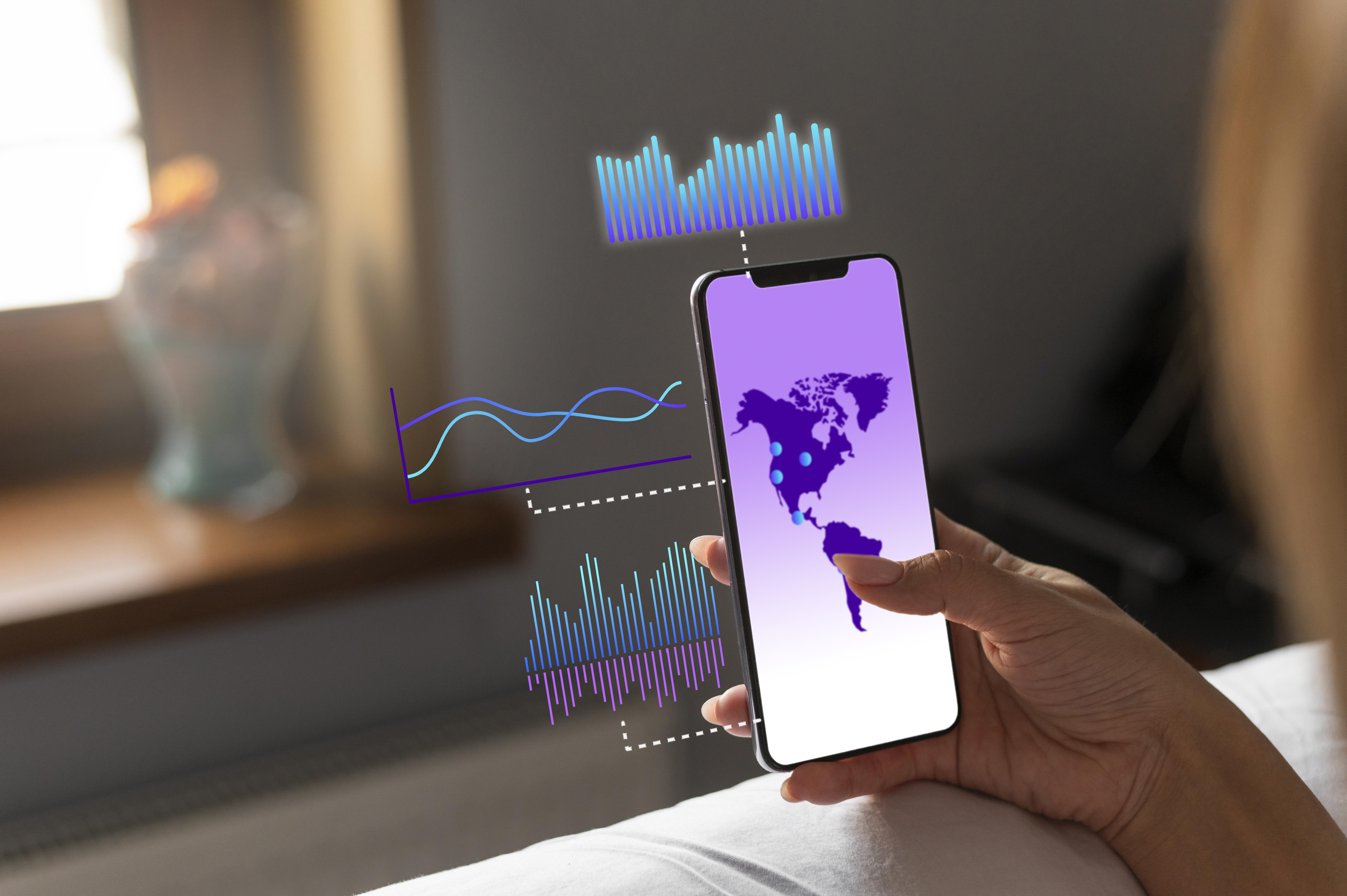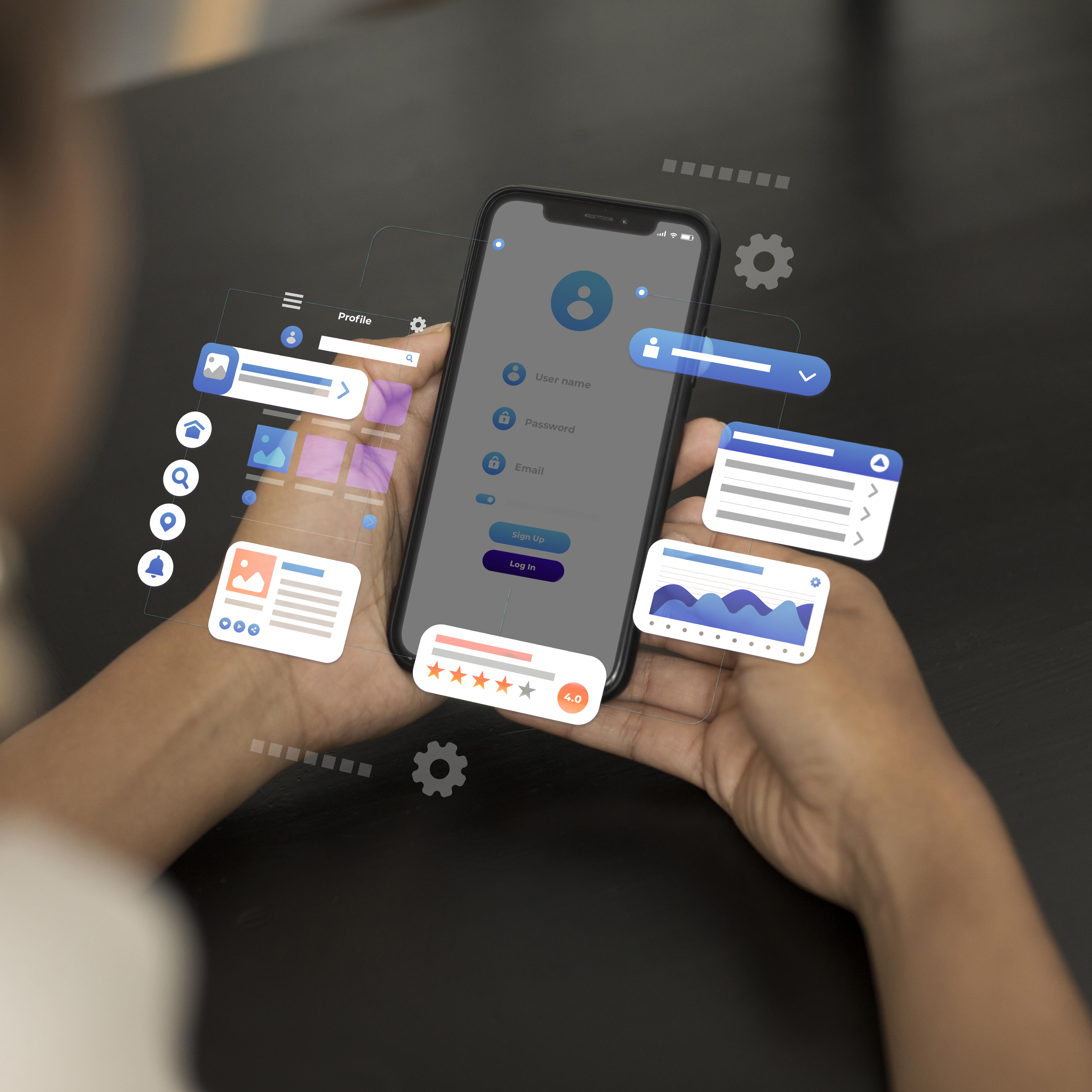What Is Mobile Optimization and Why Is It Important?

Mobile devices have become essential to human beings in the 21st century. The marketing industry has come to terms with the necessity for increased mobile optimization samples of your digital assets. Apptrove mobile measurement partner helps to navigate website traffic across all mobile devices
Define Mobile Optimization
The channeling of digital content for mobile devices is called mobile optimization. Web developers must also ensure a systematic layout for mobile users for a seamless transition.
For instance, when a user visits Amazon’s website from a laptop and then from a mobile device there is no dissonance between the two. Amazon has allowed flawless functionality and UX design across all platforms and devices to elevate and boost mobile optimization.
Key Elements of Mobile Optimization
Take a look at the essential elements of mobile optimization:
Responsive Web Design
Responsive web design or RWD is a web design approach that allows website content to interact with different accessed devices and screen sizes.
Web developers uniquely create this web design technique for users accessing the websites through a mobile device. Responsive web design adjusts flawlessly to the user’s screen and orientation without a hassle.
Mobile-Friendly Navigation
Web developers must understand that mobile screens can’t accommodate spaced-out web elements and contents compared to the same website viewed on a mobile device.
Thus, making it extremely crucial for navigation models to consist of essential links without compromising the visuals. This means using elements and graphics like hamburger menus, cutting down non-essential texts, etc.
Performance Optimization
Your website must load quickly and efficiently on mobile devices to retain users’ attention. Most potential customers will bounce away from your website if your site doesn’t load within 3 seconds
Here are a few effective ways to optimize your mobile site speed:
Use compressed files
Try to avoid pages with extensive RTRs
Build efficient Accelerated Mobile Pages
Cache clean your pages as frequently as possible
Content Optimization
The site elements must also be optimized for a seamless rendering on users' mobile devices. A quick tip for web developers, keep in mind users' attention spans are lower with mobile devices. This can be attributed to a lack of space and smaller font size interrupting a user’s psyche to delve deeper into sustained reading.
Here are a few tips to optimize your mobile content:
Level up CTAs and their location with swipe patterns on mobile devices
Try to avoid long-form content since very few people read on mobile
As intriguing as it sounds, avoid pop-ups at all costs.
Ensure all visual content like photos and fonts are perfectly sized.
Display a search option on every site.
Why Is Mobile Optimization Essential?
Mechanisms like faster page load time, mobile-friendly navigation, and content design plans help to optimize websites for mobile usage. This mechanism helps with user retention as soon as they visit the website
As a web developer, you should invest in making mobile optimized, it creates a seamless user experience to attract more organic traffic to your website.
A mobile-optimized site makes it more accessible and attracts more users. This in return directly contributes to increased website traffic. Yet, all of this cannot be attributed to improved UX alone. According to Google, mobile-friendly sites show up higher in search results. Recent trends have highlighted that users prefer mobile-friendly sites for browsing and purchasing. So, always remember when you optimize your site, essentially you’re boosting its search engine optimization or SEO potential.
Popular Mobile Optimization Strategies In 2024
Mobile First Design
Mobile first design refers that all web development should start with mobile and work up to larger devices due to the difference in software and hardware. At the top level, this means making everything from responsive designs to optimizing your site for quick loading across various devices.
Real Device Testing and Optimization
After coding in the mobile-first design, developers have to test it on real devices. Device fragmentation is a big concern for every developer and tester so ensuring that software maintains good performance across different devices is crucial.
Every site should be responsive to various mobile device-browser-OS combinations. One can choose a Real Device Cloud if they still need an in-house real device lab that provides real devices, browsers, and operating systems.
Progressive Web Apps (PWAs)
PWAs are types of web applications that look like web apps but can function as native applications also. They are capable of working offline, sending push notifications, etc. However, it is downloaded from websites instead of Google Play Store or Apple App Store.
Integration with PWA has multiple advantages:
The design ensures compatibility with different platforms.
It works properly even when the internet connection is poor.
You don’t have to rely on Google or Apple for the distribution of the application.
It generally takes up less disk space compared to native applications.
Bottom Line
In recent years, we have seen mobile devices become more important than public transportation or a morning cup of coffee to people. This means that regardless of the industry you work in or the kind of product you are selling, your digital assets such as websites and apps should be optimized for use on these gadgets. Simply put, this calls for serious business in terms of undertaking optimization mobile applications.
Note: IndiBlogHub features both user-submitted and editorial content. We do not verify third-party contributions. Read our Disclaimer and Privacy Policyfor details.







